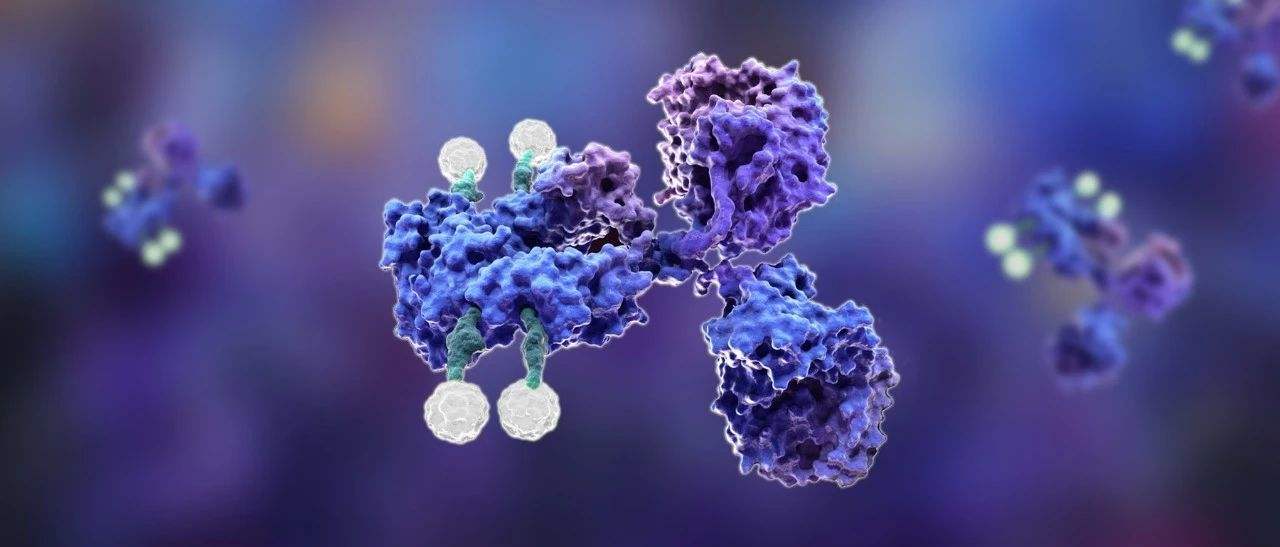The ADC linker needs to have the following 4 basic characteristics to ensure the safety and effectiveness of the ADC:
(1) Maintain high stability in blood circulation and reduce the toxic and side effects caused by accidental breakage;
(2) Specific cleavage in the target area to effectively release toxins;
(3) High hydrophilicity, reducing ADC clearance in blood due to aggregation, and broadening the compatibility with hydrophobic toxins;
(4) It has the ability of site-directed connection to ADC antibodies and toxins.
Linkers can be divided into two categories in terms of performance: cleavable linkers and non-cleavable linkers.
The cleavable linker is the premise of exerting the bystander killing effect, so it has become the mainstream trend of ADC linker. Cleavable linkers include chemically cleavable linkers and enzymatically cleavable linkers. Common non-cleavable linkers include thioether linkers and maleimide linkers.
Cleavable linkers have a bystander effect, which can kill low antigen-expressing cells in heterogeneous tumors, and have become mainstream ADC linkers.
ADCs using cleavable linkers can release free toxins (hydrophobic, uncharged) that can diffuse out of the cell membrane after being endocytosed by tumor cells with high antigen expression and subsequently degraded in lysosomes, thereby further killing high antigen expression. Tumor cells with low/no expression of antigens around tumor cells (ie bystander cells), this effect is called bystander killing effect.
But at the same time, cleavable linkers have potential safety hazards. The bystander effect allows the diffusion of free toxins from target tumor cells or into the blood circulation, thus posing potential toxicity to non-tumor tissues.
The coupling method will affect the number of toxins attached to the antibody, which is characterized by DAR (Drug Antibody Ratio, drug/antibody coupling ratio); and then affects the homogeneity, in vivo action process, potency, pharmacological activity, resistance of ADC. Receptivity, plasma clearance, pharmacokinetic process, drug stability.
Coupling techniques can be divided into random coupling and site-specific coupling.









